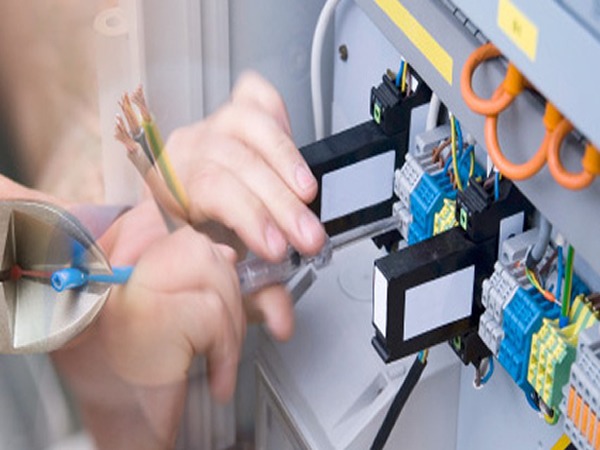What is Partial Discharge?
Partial Discharge (PD) is an electrical discharge. This happens when the space between two conducting electrodes are not bridged entirely. The discharge may be in a gas-filled void in a solid insulating material, in a gas bubble in a liquid insulator, or around an electrode in a gas.
PD is known as the predominant cause of long-term degradation and eventual failure of electrical insulation. As a result, its measurement is standard procedure in the factory testing of many types of high voltage equipment. Also, partial discharge activity can be tested for or monitored on in-service equipment to warn against pending insulation failure.

How does Partial Discharge Occur?
Partial discharge defects in the high voltage insulation or occurs in gas-filled cavities. It can originate in many ways such as:
✔ During manufacture – Solid insulators are designed to give an even distribution of electrical stress between the conducting electrodes. However, in practice, defects can arise during manufacture that gives rise to small cavities or voids in the insulation bulk.
✔ Equipment installation – When electrical equipment is factory assembled or installed on site, mistakes can be made that either damage and therefore weaken the insulation, or cause increased electrical stress across the insulation.
✔ Overstressed in-service – A short circuit fault or lightning impulse is to impose stress on the insulation due to an overvoltage or a fault current. Although such events usually have a short duration, the increased electrical stress or heating from than overvoltage current overload will cause permanent damage to the insulation.
✔ In-service damage – Electrical equipment can be physically damaged while in service due to external factors. Underground cables are particularly susceptible to third-party damage.
Why PD occurs at normal working voltages?
The defects or cavities in solid insulation are usually filled with a gas of significantly lower breakdown strength than the surrounding material. Also, the permittivity of the gas is invariably lower than that of the solid insulation; it can cause the electric field intensity in the cavity to be higher than that in the surrounding dielectric. Therefore, under the normal working stress of the insulation, the voltage across the cavity may exceed the breakdown value and initiate electrical breakdown, or Partial Discharge in the void.
Electrical power is to be transmitted by a sinusoidal alternating current. The insulation undergoes electrical stress throughout the power cycle, per cycle with two peaks in weight per cycle. This creates a very distinct distribution of discharge activity. The distribution of the discharges in the power cycle is vital to identify PD and to distinguish it from other unrelated noise sources and to identify the source. The pattern is called a PRPD (Phase Resolved Partial Discharge) or φ-q-n pattern.
What Should be Inspected?
✔ Bearing
✔ Lubrication
✔ Compressed Air
✔ High Voltage Cabinet
✔ Low Voltage Cabinet
✔ Transformer
✔ Power Line
What Should be Inspected?
✔ Ultrasound Test
✔ Transient Earth Voltage Test
